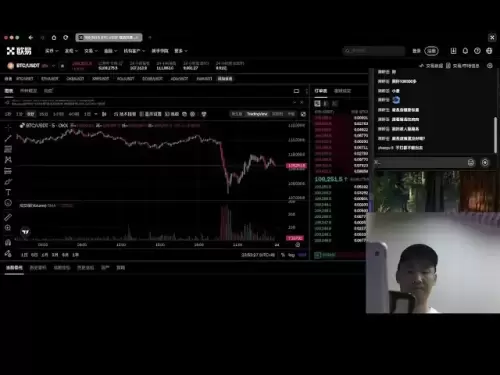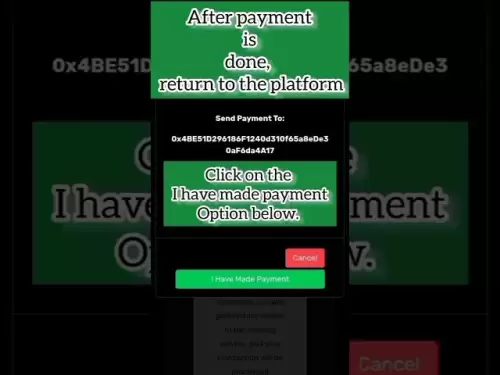-
 Bitcoin
Bitcoin $108,083.4917
-2.22% -
 Ethereum
Ethereum $2,548.5237
-4.15% -
 Tether USDt
Tether USDt $1.0001
0.07% -
 XRP
XRP $2.3377
-3.39% -
 BNB
BNB $668.6655
-2.28% -
 Solana
Solana $174.6368
-3.46% -
 USDC
USDC $0.9998
0.01% -
 Dogecoin
Dogecoin $0.2279
-6.29% -
 Cardano
Cardano $0.7585
-6.13% -
 TRON
TRON $0.2725
-0.22% -
 Sui
Sui $3.6622
-4.23% -
 Hyperliquid
Hyperliquid $33.0522
-5.79% -
 Chainlink
Chainlink $15.7402
-5.31% -
 Avalanche
Avalanche $23.1528
-7.47% -
 Stellar
Stellar $0.2902
-3.51% -
 Bitcoin Cash
Bitcoin Cash $428.5769
-1.87% -
 Shiba Inu
Shiba Inu $0.0...01442
-6.26% -
 UNUS SED LEO
UNUS SED LEO $8.8118
-0.58% -
 Hedera
Hedera $0.1916
-5.65% -
 Toncoin
Toncoin $3.0208
-3.74% -
 Litecoin
Litecoin $96.6253
-3.32% -
 Monero
Monero $396.1936
1.71% -
 Polkadot
Polkadot $4.5883
-6.69% -
 Bitget Token
Bitget Token $5.5250
-4.33% -
 Pepe
Pepe $0.0...01396
-9.64% -
 Pi
Pi $0.7803
-1.88% -
 Dai
Dai $0.9997
0.00% -
 Ethena USDe
Ethena USDe $1.0006
0.05% -
 Aave
Aave $258.9171
1.61% -
 Uniswap
Uniswap $6.1373
-4.64%
Staking Interest-earning Guide: How to Choose High-Return and Low-Risk Nodes?
Staking offers passive income for crypto holders, but selecting high-return, low-risk nodes requires careful evaluation of network security, validator performance, and reward structures.
May 24, 2025 at 11:07 am

Staking has become a popular way for cryptocurrency holders to earn passive income. By participating in staking, users can help secure the network while earning rewards. However, choosing the right nodes for staking can be challenging, especially when aiming for high returns with low risk. This guide will walk you through the key factors to consider when selecting high-return and low-risk nodes for staking.
Understanding Staking and Node Selection
Staking is the process of holding funds in a cryptocurrency wallet to support the operations of a blockchain network. In return, stakers receive rewards, typically in the form of the network's native cryptocurrency. Nodes are essential components of blockchain networks, responsible for validating transactions and maintaining the integrity of the network. When choosing nodes for staking, it's crucial to consider both the potential returns and the associated risks.
Evaluating Potential Returns
To choose high-return nodes, you must first understand how staking rewards are calculated. Staking rewards are influenced by several factors, including the total supply of the cryptocurrency, the network's inflation rate, and the total amount of staked coins. Some networks offer fixed rewards, while others have variable rewards based on network performance.
- Research the Network's Reward Structure: Look into the specific reward mechanisms of the cryptocurrency you are interested in. Some networks, like Ethereum 2.0, have a clear reward structure, while others, like Tezos, have dynamic rewards that change over time.
- Compare Annual Percentage Yields (APY): APY is a key metric for comparing the potential returns of different staking options. Higher APYs generally indicate higher returns, but they can also come with higher risks.
- Consider the Lock-up Period: Some networks require staked funds to be locked up for a certain period. Longer lock-up periods might offer higher rewards but also increase the risk of not being able to access your funds when needed.
Assessing Risks
While high returns are attractive, it's equally important to assess the risks associated with staking on different nodes. Risks can include network security issues, validator performance, and the potential for slashing (losing a portion of your staked funds due to validator misconduct).
- Network Security: Evaluate the overall security of the blockchain network. Networks with a strong track record and robust security measures are generally safer for staking.
- Validator Performance: Choose nodes operated by reputable and experienced validators. Look at their historical performance, uptime, and any past incidents of slashing.
- Slashing Risks: Understand the conditions under which slashing can occur and the potential impact on your staked funds. Some networks have harsher slashing penalties than others.
Choosing the Right Nodes
Once you have a good understanding of potential returns and risks, you can start selecting the right nodes for staking. Here are some steps to guide your decision-making process:
- Diversify Your Staking Portfolio: Don't put all your funds into a single node or network. Diversifying across multiple nodes and networks can help mitigate risk.
- Check Validator Reputation: Research the reputation of the validators operating the nodes. Look for reviews, ratings, and any history of issues or downtime.
- Evaluate Node Performance: Use tools and platforms that provide detailed performance metrics for nodes. Look at factors like uptime, block production rates, and historical rewards.
- Consider Node Fees: Some nodes charge fees for their services. Ensure that the fees are reasonable and do not significantly eat into your staking rewards.
Practical Steps to Start Staking
Once you've selected your nodes, the next step is to start staking. Here's a detailed guide on how to set up and begin staking:
- Choose a Staking Platform: Select a reputable staking platform or wallet that supports the cryptocurrency you want to stake. Popular options include Coinbase, Binance, and Ledger Live.
- Set Up Your Wallet: If you're using a hardware wallet, ensure it is properly set up and connected to your staking platform. For software wallets, download and install the necessary software.
- Transfer Funds to Your Staking Wallet: Move the amount of cryptocurrency you wish to stake from your regular wallet to your staking wallet. Ensure you have enough funds to meet the minimum staking requirements.
- Delegate to a Node: On your chosen staking platform, select the node you want to delegate your stake to. This process may vary depending on the platform but generally involves selecting the node and confirming your delegation.
- Monitor Your Staking: Regularly check the performance of your staked funds and the node you've delegated to. Most platforms provide dashboards that display your staking rewards and node performance.
Maximizing Your Staking Rewards
To maximize your staking rewards while minimizing risk, consider the following strategies:
- Stay Informed: Keep up-to-date with the latest developments in the networks you're staking on. Changes in protocol, reward structures, or security can impact your staking returns.
- Re-stake Rewards: Some platforms allow you to automatically re-stake your rewards, compounding your earnings over time. This can significantly increase your overall returns.
- Adjust Your Strategy: Be prepared to adjust your staking strategy based on performance and market conditions. If a node is underperforming or a network's rewards change, consider reallocating your stake.
Frequently Asked Questions
Q: Can I unstake my funds at any time?
A: It depends on the network and the staking platform you're using. Some networks have lock-up periods during which you cannot unstake your funds. Always check the specific terms and conditions before staking.
Q: What happens if a node I'm staking with goes offline?
A: If a node goes offline, it may miss out on block rewards, which can affect your staking returns. Some networks also have penalties for downtime, which could impact your staked funds. It's important to choose nodes with high uptime and good performance history.
Q: Are there any tax implications for staking rewards?
A: Yes, staking rewards are generally considered taxable income in many jurisdictions. The specific tax treatment can vary, so it's advisable to consult with a tax professional to understand your obligations.
Q: Can I stake on multiple networks simultaneously?
A: Yes, you can stake on multiple networks at the same time. This can help diversify your staking portfolio and potentially increase your overall returns. Just ensure you have enough funds and understand the requirements for each network.
Disclaimer:info@kdj.com
The information provided is not trading advice. kdj.com does not assume any responsibility for any investments made based on the information provided in this article. Cryptocurrencies are highly volatile and it is highly recommended that you invest with caution after thorough research!
If you believe that the content used on this website infringes your copyright, please contact us immediately (info@kdj.com) and we will delete it promptly.
- Polygon (MATIC) Co-Founder Mihailo Bjelic Steps Away from Project After Seven Years
- 2025-05-24 15:30:13
- Troller Cat ($TCAT) Is the Top Meme Coin to Buy and Hold Right Now
- 2025-05-24 15:30:13
- Just a day after Bitcoin reached its all-time high, another piece of news arrived that caused a pullback.
- 2025-05-24 15:25:13
- Shiba Inu (SHIB) Loses Ground to BONK and Lightchain AI
- 2025-05-24 15:25:13
- Bitcoin (BTC) – Eyes Set on ATH, But Volatility Remains
- 2025-05-24 15:20:19
- Crypto Expert Warns of Potential Exhaustion in Meme Coin Rally
- 2025-05-24 15:20:19
Related knowledge
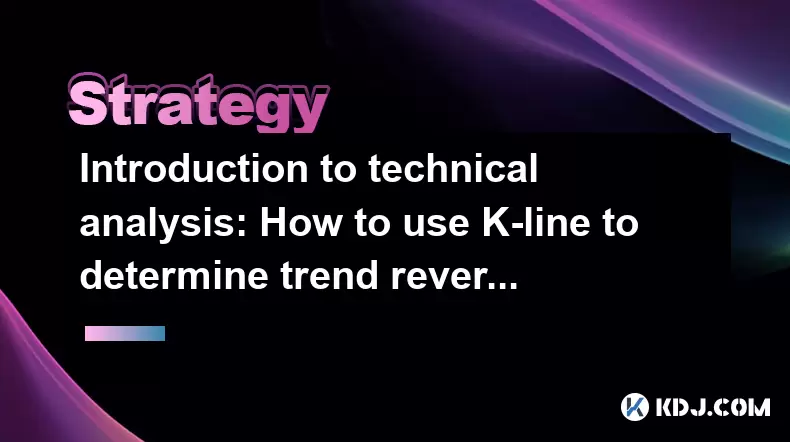
Introduction to technical analysis: How to use K-line to determine trend reversal?
May 23,2025 at 11:21pm
Technical analysis is a critical tool for traders in the cryptocurrency market, offering insights into potential price movements based on historical data. One of the most widely used tools in technical analysis is the K-line, also known as candlestick charts. These charts provide a visual representation of price movements within a specific time frame, a...
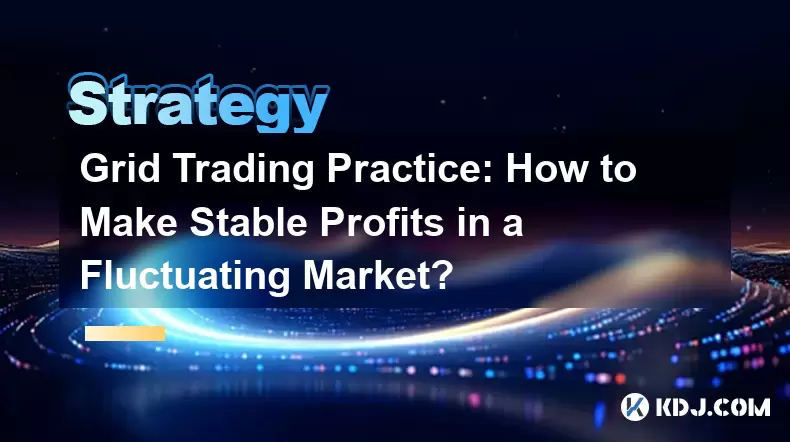
Grid Trading Practice: How to Make Stable Profits in a Fluctuating Market?
May 23,2025 at 07:00pm
Grid trading is a popular strategy among cryptocurrency traders aiming to capitalize on market volatility. This method involves setting up a series of buy and sell orders at predetermined price levels, creating a grid of trades that can help traders profit from small price movements in both upward and downward trends. In this article, we will explore ho...

Staking Interest-earning Guide: How to Choose High-Return and Low-Risk Nodes?
May 24,2025 at 11:07am
Staking has become a popular way for cryptocurrency holders to earn passive income. By participating in staking, users can help secure the network while earning rewards. However, choosing the right nodes for staking can be challenging, especially when aiming for high returns with low risk. This guide will walk you through the key factors to consider whe...
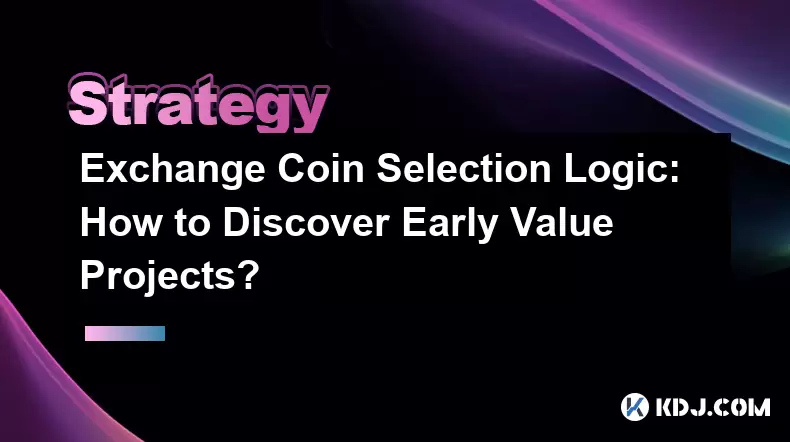
Exchange Coin Selection Logic: How to Discover Early Value Projects?
May 23,2025 at 07:50pm
Exchange Coin Selection Logic: How to Discover Early Value Projects? Selecting the right cryptocurrencies to invest in can be a daunting task, especially when trying to discover early value projects that have the potential for significant growth. Understanding the logic behind exchange coin selection and the criteria for identifying promising projects i...
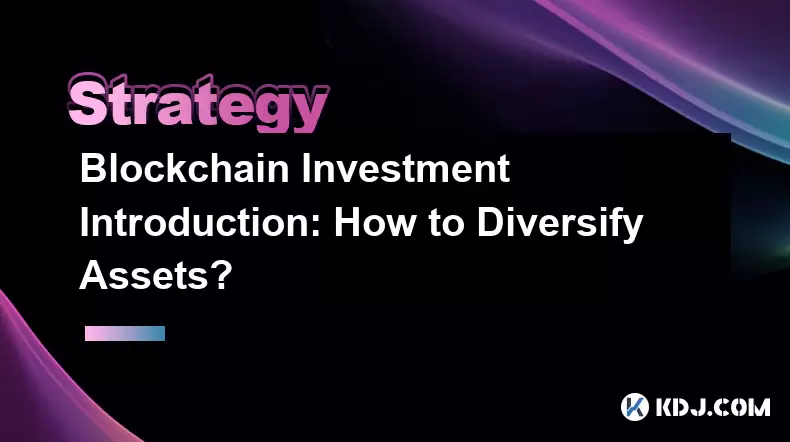
Blockchain Investment Introduction: How to Diversify Assets?
May 23,2025 at 10:21pm
Investing in blockchain technology and cryptocurrencies has become an increasingly popular way to diversify one's investment portfolio. Diversification in this context refers to spreading investments across various assets within the blockchain and cryptocurrency ecosystem to reduce risk and potentially increase returns. This article will guide you throu...
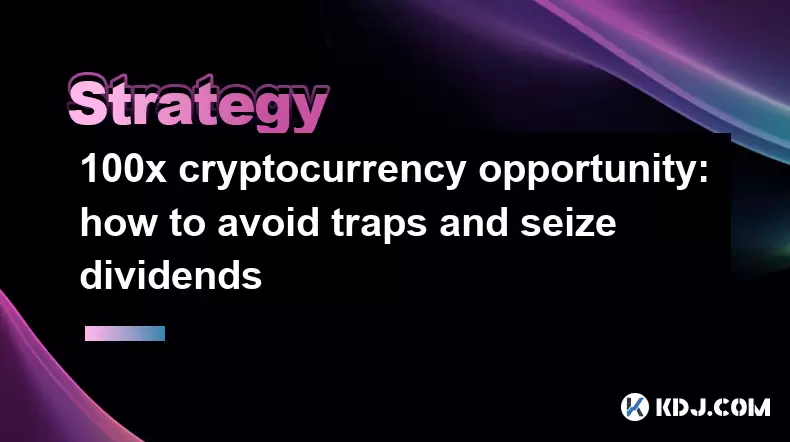
100x cryptocurrency opportunity: how to avoid traps and seize dividends
May 23,2025 at 05:21pm
100x Cryptocurrency Opportunity: How to Avoid Traps and Seize Dividends The world of cryptocurrencies is filled with promises of enormous returns, often touted as 100x opportunities. These high-reward prospects can be enticing, but they also come with significant risks. Navigating this landscape requires a keen understanding of the market, a strategic a...

Introduction to technical analysis: How to use K-line to determine trend reversal?
May 23,2025 at 11:21pm
Technical analysis is a critical tool for traders in the cryptocurrency market, offering insights into potential price movements based on historical data. One of the most widely used tools in technical analysis is the K-line, also known as candlestick charts. These charts provide a visual representation of price movements within a specific time frame, a...

Grid Trading Practice: How to Make Stable Profits in a Fluctuating Market?
May 23,2025 at 07:00pm
Grid trading is a popular strategy among cryptocurrency traders aiming to capitalize on market volatility. This method involves setting up a series of buy and sell orders at predetermined price levels, creating a grid of trades that can help traders profit from small price movements in both upward and downward trends. In this article, we will explore ho...

Staking Interest-earning Guide: How to Choose High-Return and Low-Risk Nodes?
May 24,2025 at 11:07am
Staking has become a popular way for cryptocurrency holders to earn passive income. By participating in staking, users can help secure the network while earning rewards. However, choosing the right nodes for staking can be challenging, especially when aiming for high returns with low risk. This guide will walk you through the key factors to consider whe...

Exchange Coin Selection Logic: How to Discover Early Value Projects?
May 23,2025 at 07:50pm
Exchange Coin Selection Logic: How to Discover Early Value Projects? Selecting the right cryptocurrencies to invest in can be a daunting task, especially when trying to discover early value projects that have the potential for significant growth. Understanding the logic behind exchange coin selection and the criteria for identifying promising projects i...

Blockchain Investment Introduction: How to Diversify Assets?
May 23,2025 at 10:21pm
Investing in blockchain technology and cryptocurrencies has become an increasingly popular way to diversify one's investment portfolio. Diversification in this context refers to spreading investments across various assets within the blockchain and cryptocurrency ecosystem to reduce risk and potentially increase returns. This article will guide you throu...

100x cryptocurrency opportunity: how to avoid traps and seize dividends
May 23,2025 at 05:21pm
100x Cryptocurrency Opportunity: How to Avoid Traps and Seize Dividends The world of cryptocurrencies is filled with promises of enormous returns, often touted as 100x opportunities. These high-reward prospects can be enticing, but they also come with significant risks. Navigating this landscape requires a keen understanding of the market, a strategic a...
See all articles
























